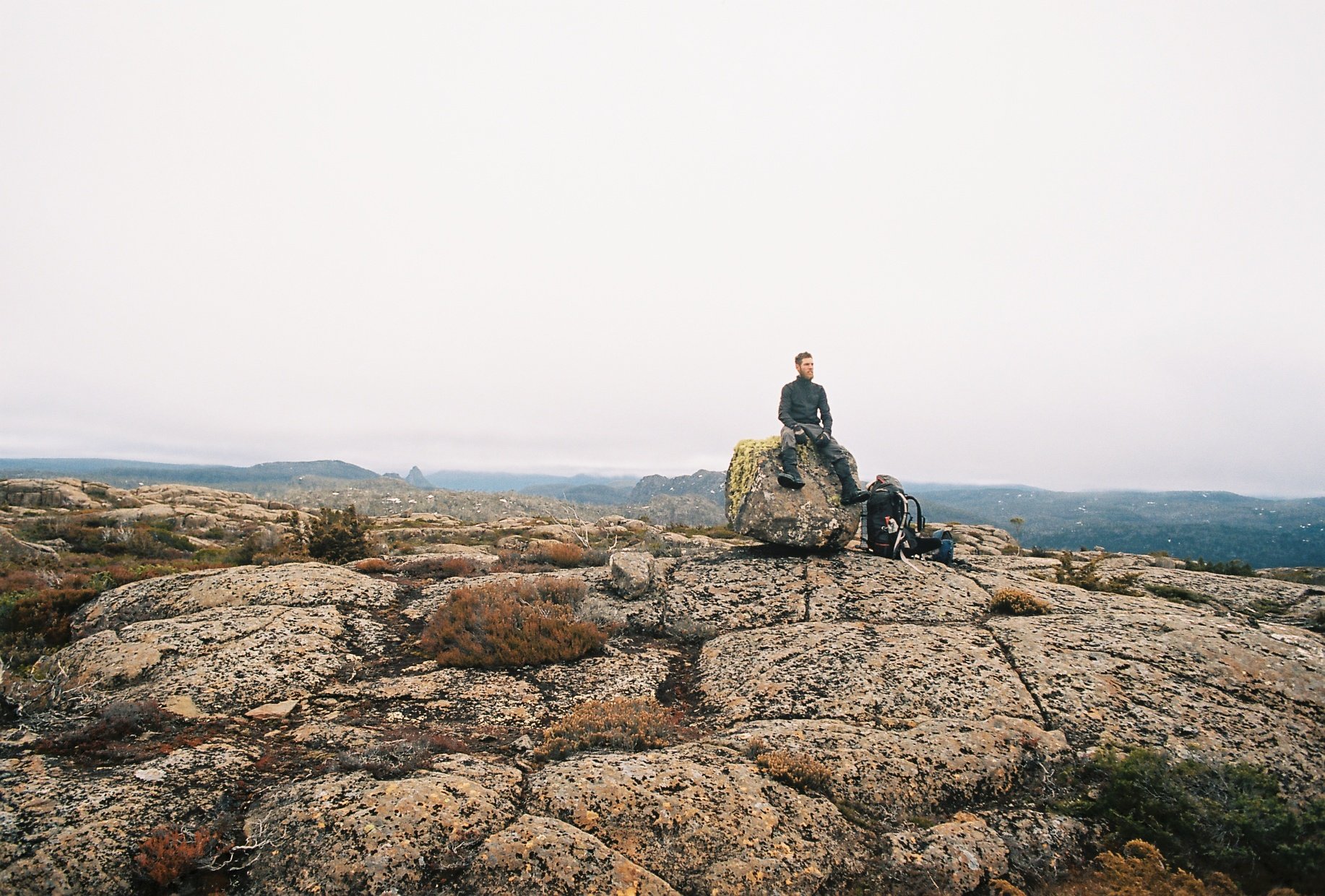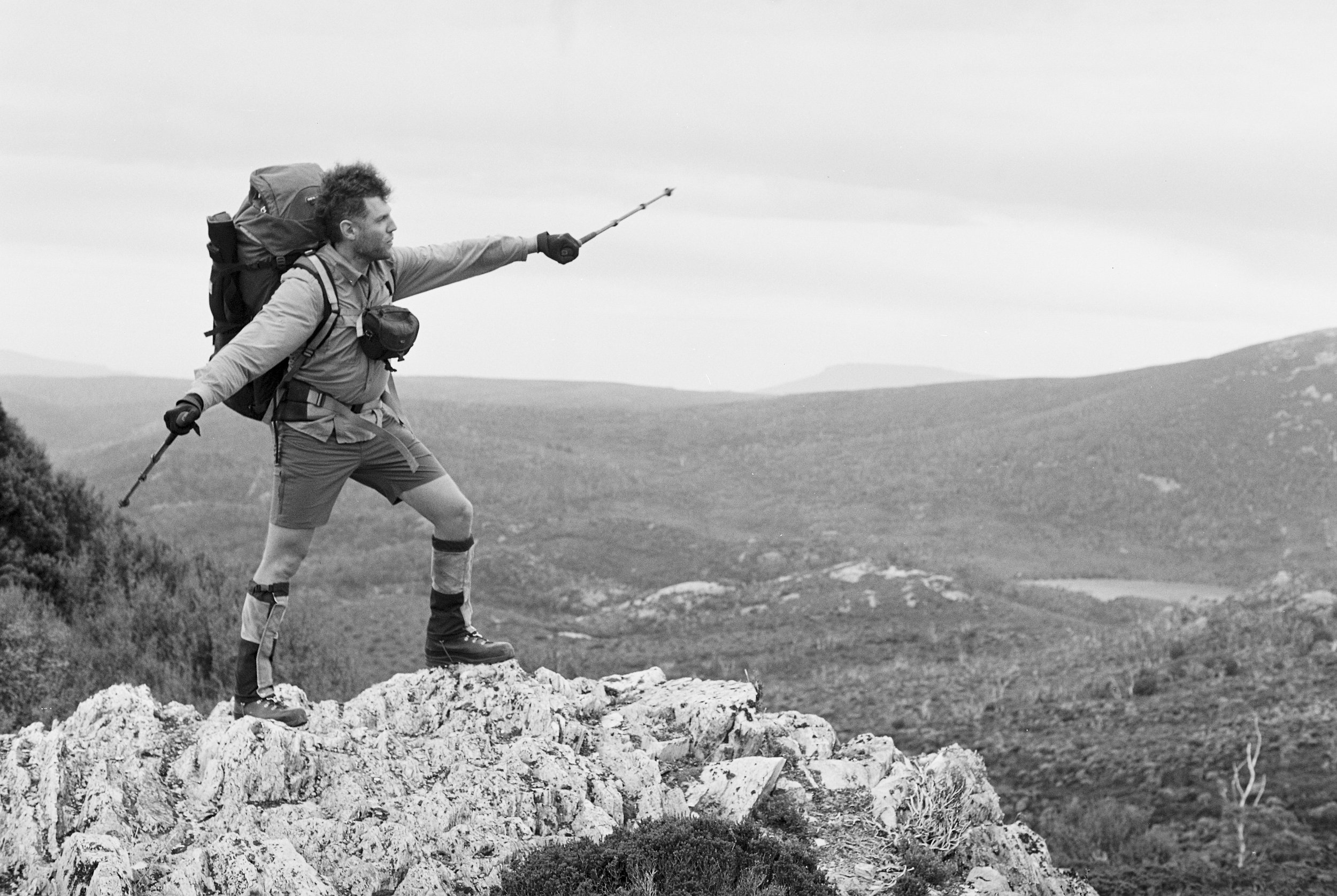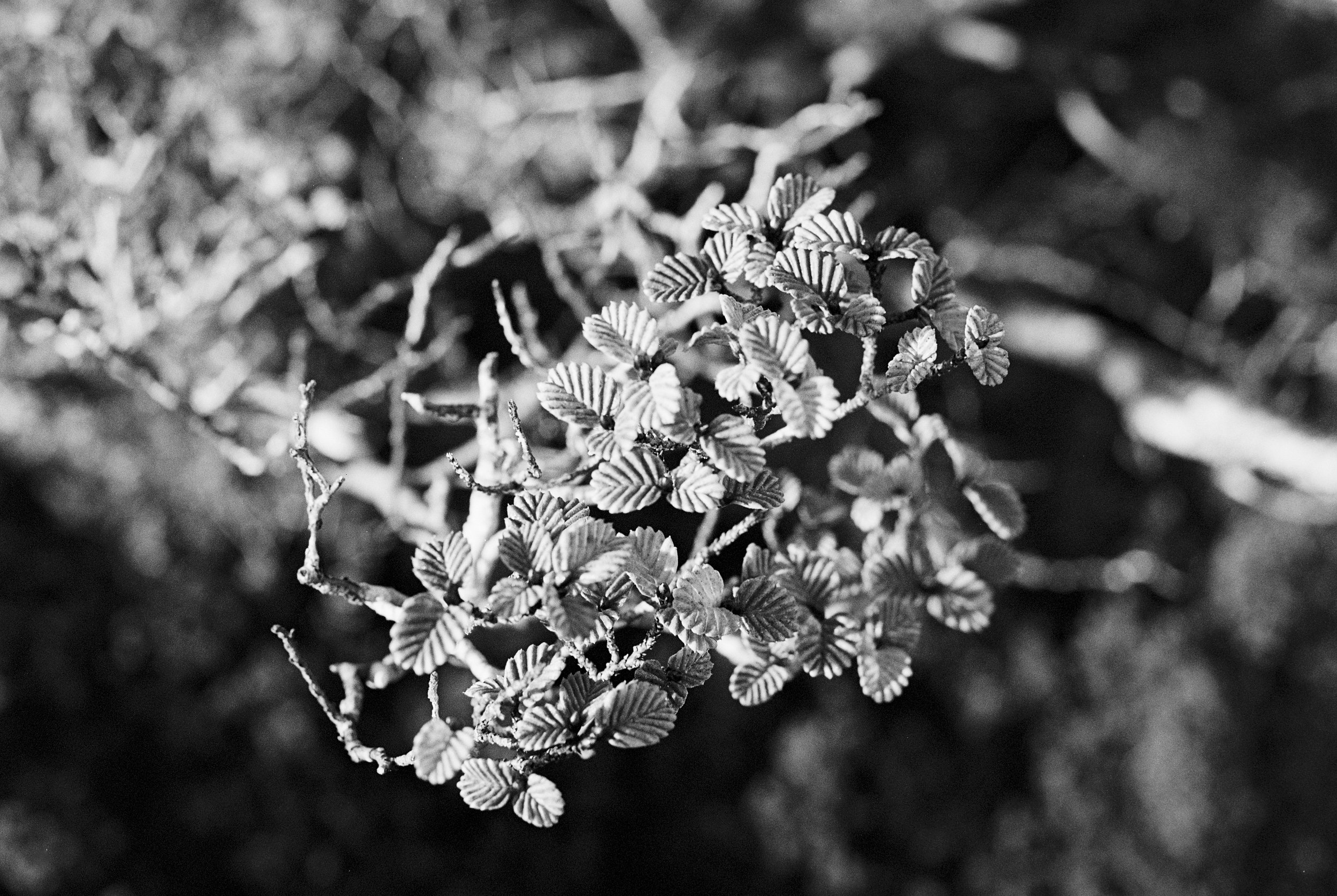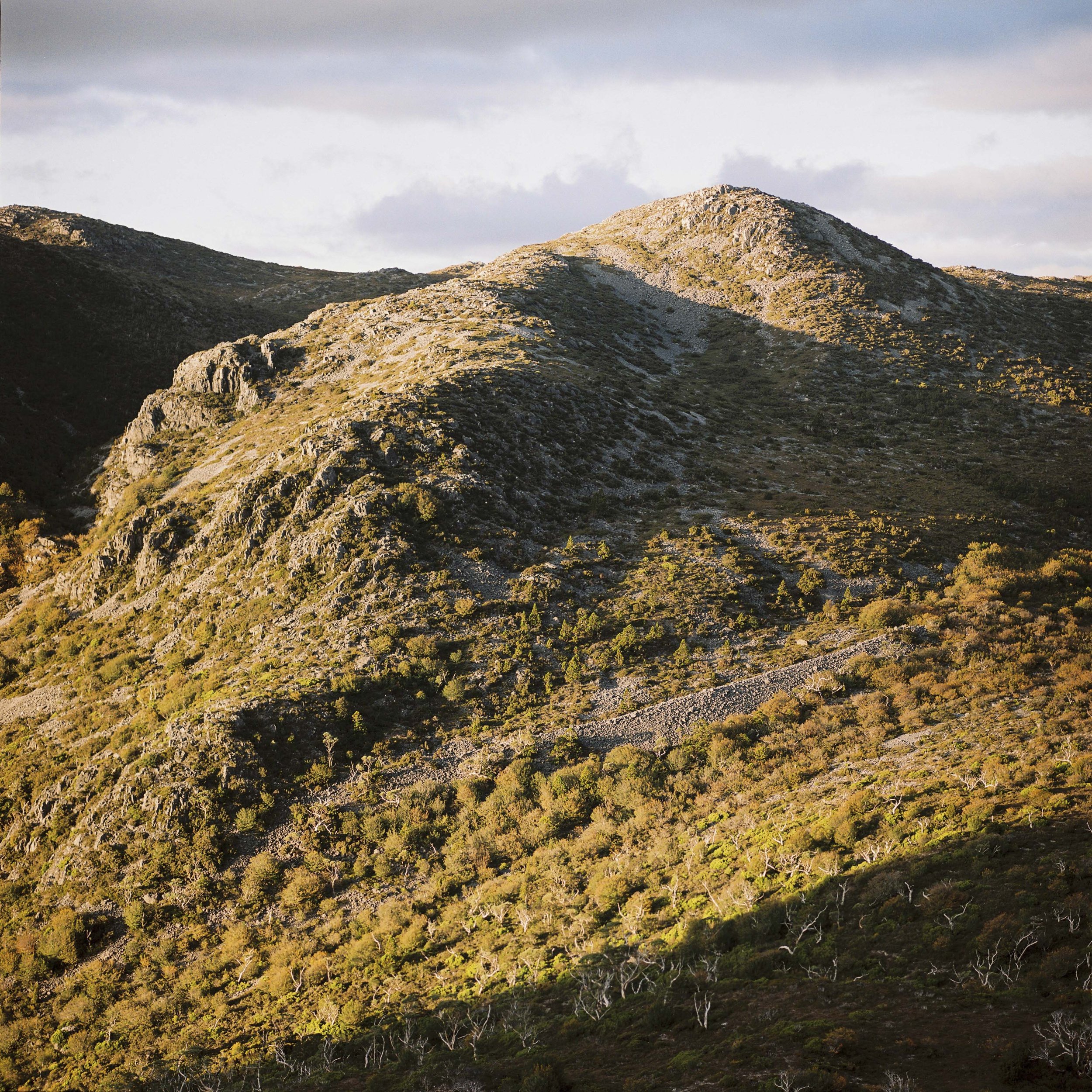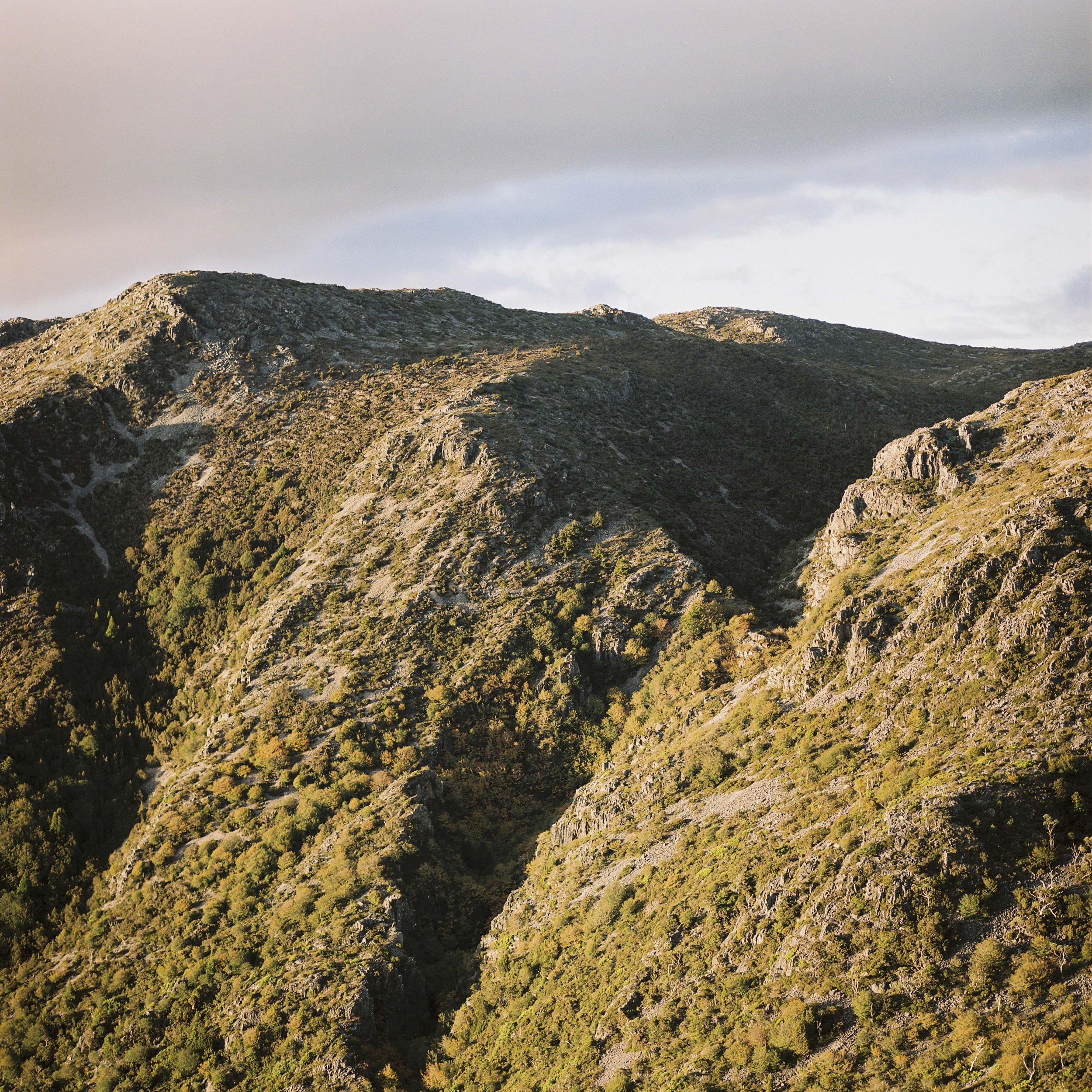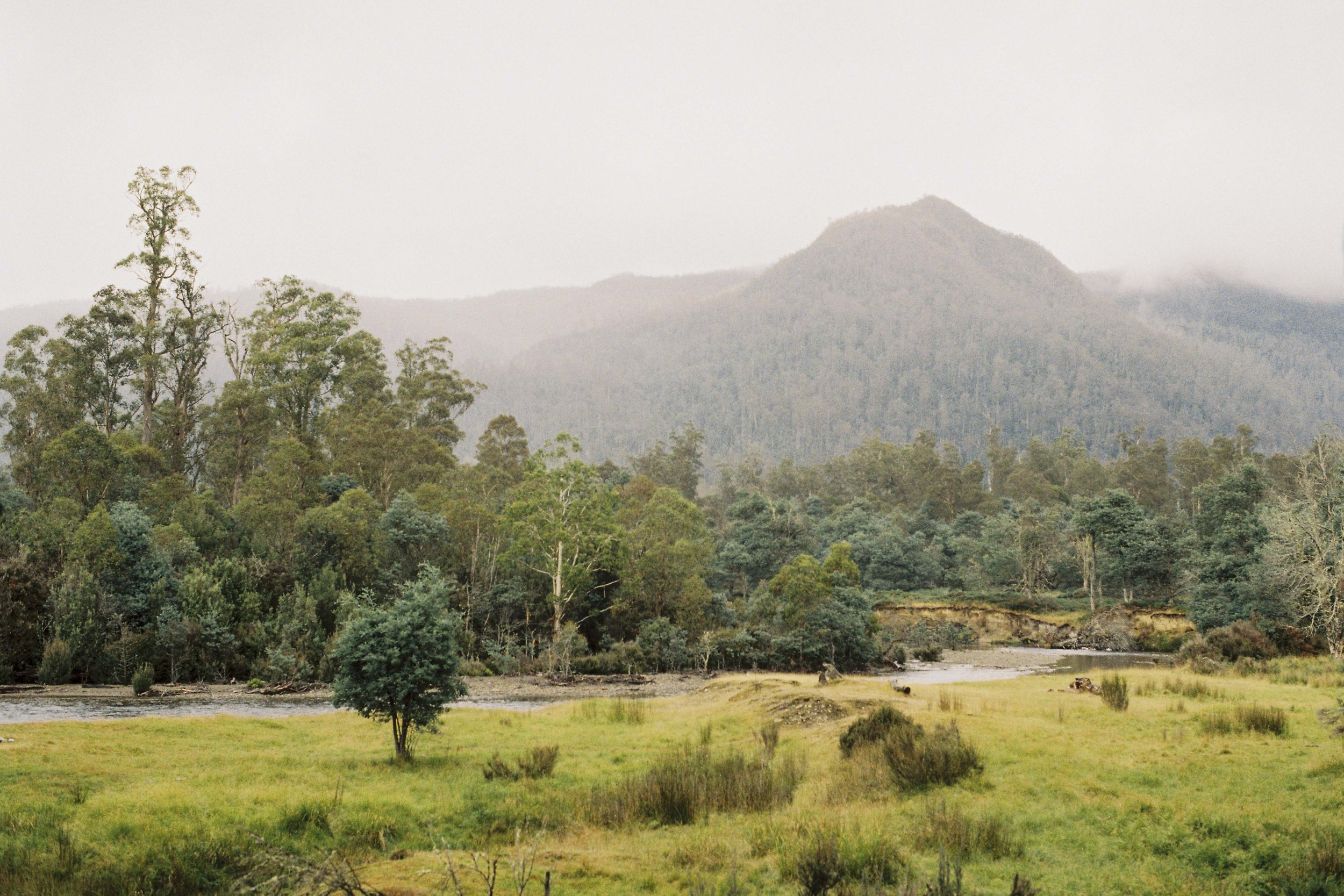“I do not set out to conquer Nature, to subdue it. I want to be part of it, to survive within it. I have no desire in me to overcome the river, there is nothing in me which expresses itself as a challenge.”
-Antonius Moscal
Dead Stags. Pentax MX, Kodak Image Pro 100, May 2025.
“For me the attraction of wilderness is not escapism, but to satisfy my curiosity.”
-Antonius Moscal
The mountain awaits. Pentax MX, Kodak Image Pro 100, May 2025.
“I see god in nature and as I’m part of nature, I’m part of god also.”
-Antonius Moscal, Franklin River Journey (1980).
Sunset on the Lake. Pentax MX, Kodak Image Pro 100, May 2025.
“A river is conquered not when it’s paddled, but when it is damned.”
-Andy Szollosi
Magenta Sunset. Pentax MX, Kodak Image Pro 100, May 2025.
